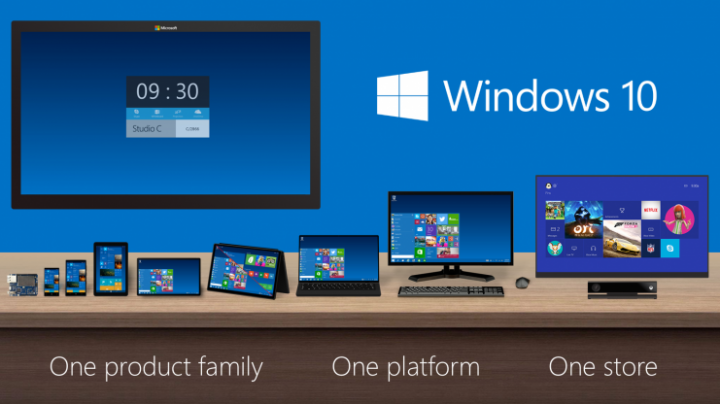Windows 10: What are the problems at launch and how do I fix them?
Microsoft hopes that this launch will be more successful than the disastrous Window 8

Your support helps us to tell the story
From reproductive rights to climate change to Big Tech, The Independent is on the ground when the story is developing. Whether it's investigating the financials of Elon Musk's pro-Trump PAC or producing our latest documentary, 'The A Word', which shines a light on the American women fighting for reproductive rights, we know how important it is to parse out the facts from the messaging.
At such a critical moment in US history, we need reporters on the ground. Your donation allows us to keep sending journalists to speak to both sides of the story.
The Independent is trusted by Americans across the entire political spectrum. And unlike many other quality news outlets, we choose not to lock Americans out of our reporting and analysis with paywalls. We believe quality journalism should be available to everyone, paid for by those who can afford it.
Your support makes all the difference.Microsoft has launched Windows10, offering users a free upgrade.
The much-heralded upgrade, rolled out to Microsoft users gradually, has so far garnered a positive response, with most critics advising users to upgrade. But there have been a number of small glitches.
What’s gone wrong?
Forbes reported that in the run-up to the main event, users were claiming the Microsoft update was automatically installing new drivers on their systems.
The Windows driver disrupted multi-monitor setups, SLI configurations and – in some cases – pushed Windows into emergency recovery mode.
It is thought that the new Windows10 driver disrupts third party drivers already present on systems, precipitating a clash as the software fights to update, and generally causes problems for you and your PC.
How do I fix this?
The easiest way is to uninstall third-party drivers and hand over all access to Microsoft. Other options include hacking the software, but as Microsoft have promised rolling updates (as well as to listen to customers following the disastrous Windows8 performance) this may be a short-term solution.
Alternatively, users should opt for the ‘slow ring’ of updates and upgrade a month after the ‘fast ring’ users – and hopefully when these initial bugs have been ironed out.
Anything else I should know about?
There are some reports that users who have upgraded have been unable to activate the system following installation. Microsoft confirmed they are working on this problem.
One big red flag, if you are at all security conscious, is the new wi-fi password sharing tool. In theory, this makes perfect sense: users can share their wi-fi network access with Facebook, Skype and Outlook contacts, including the spam. Unfortunately, this includes your (admittedly encrypted) password.
To disable this feature, go to Wi-Fi, select Network Settings, then Manage Wi-Fi Settings and clear all the boxes there.
Join our commenting forum
Join thought-provoking conversations, follow other Independent readers and see their replies
Comments